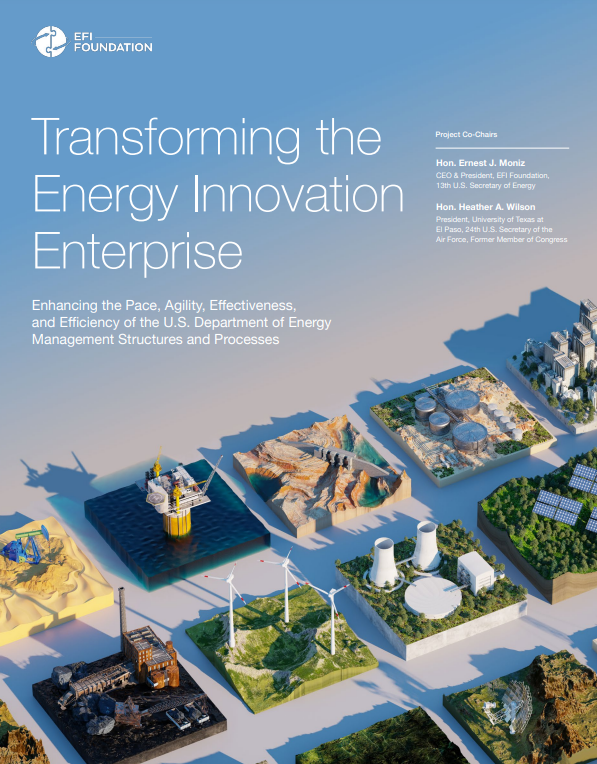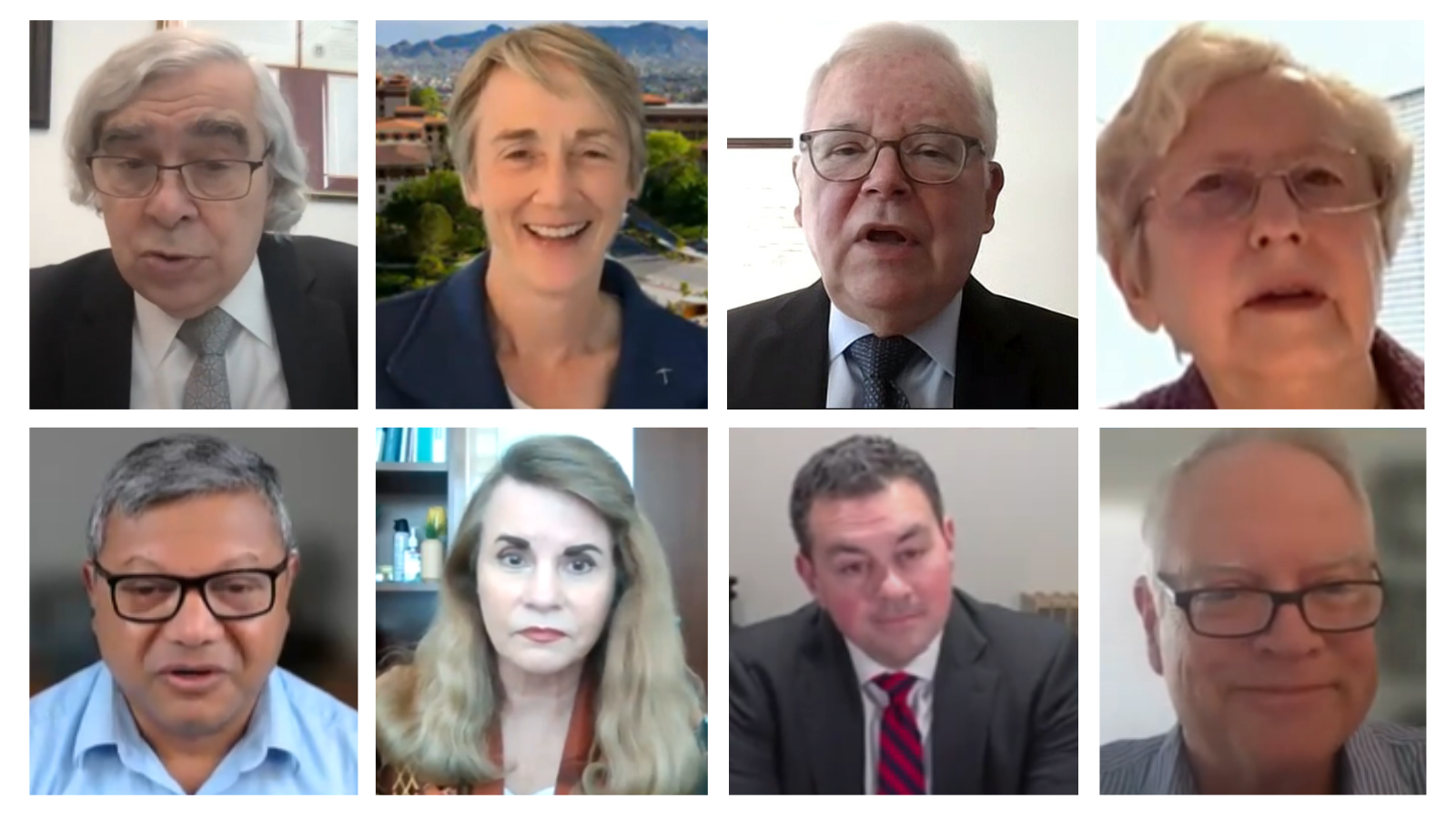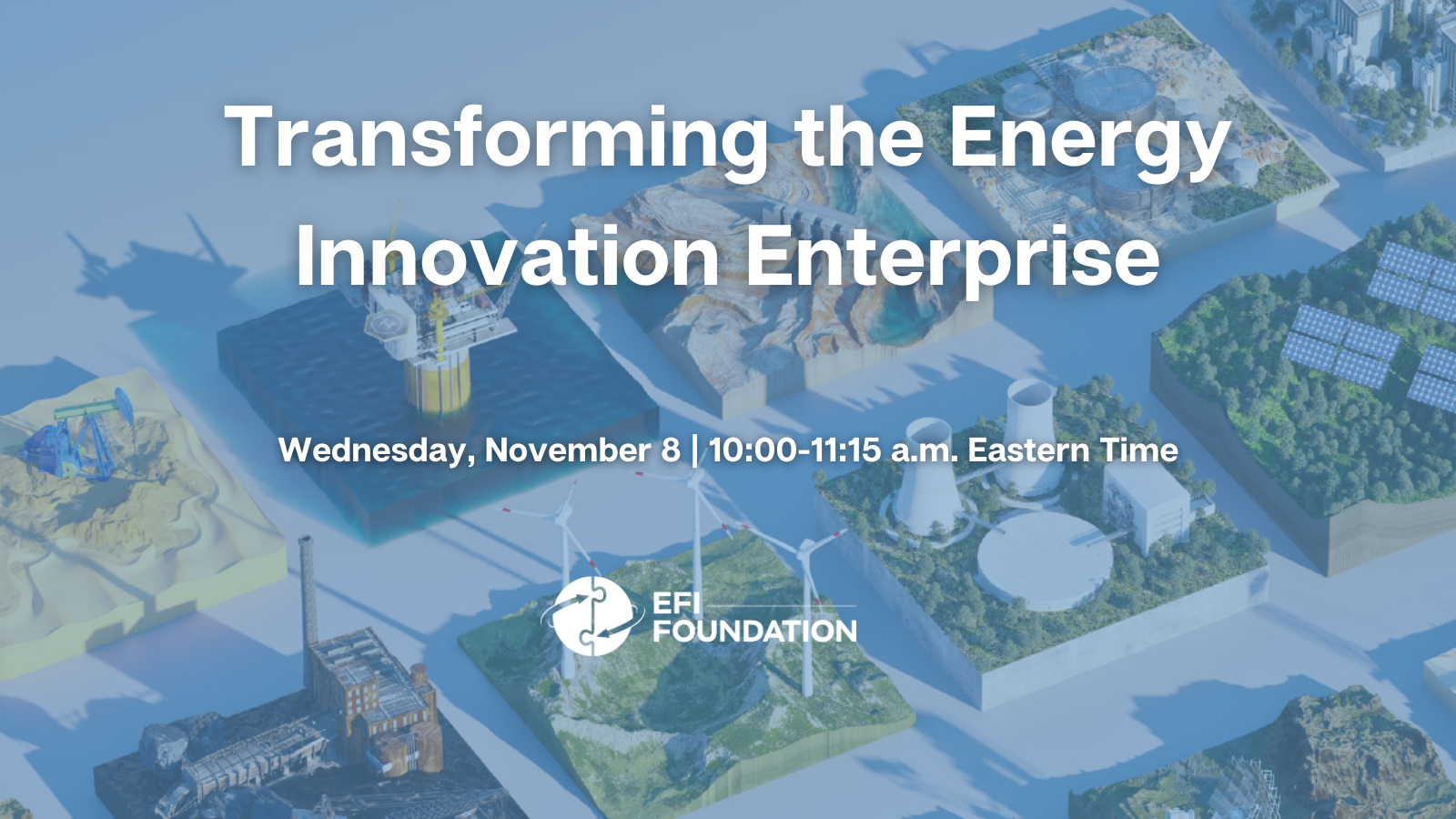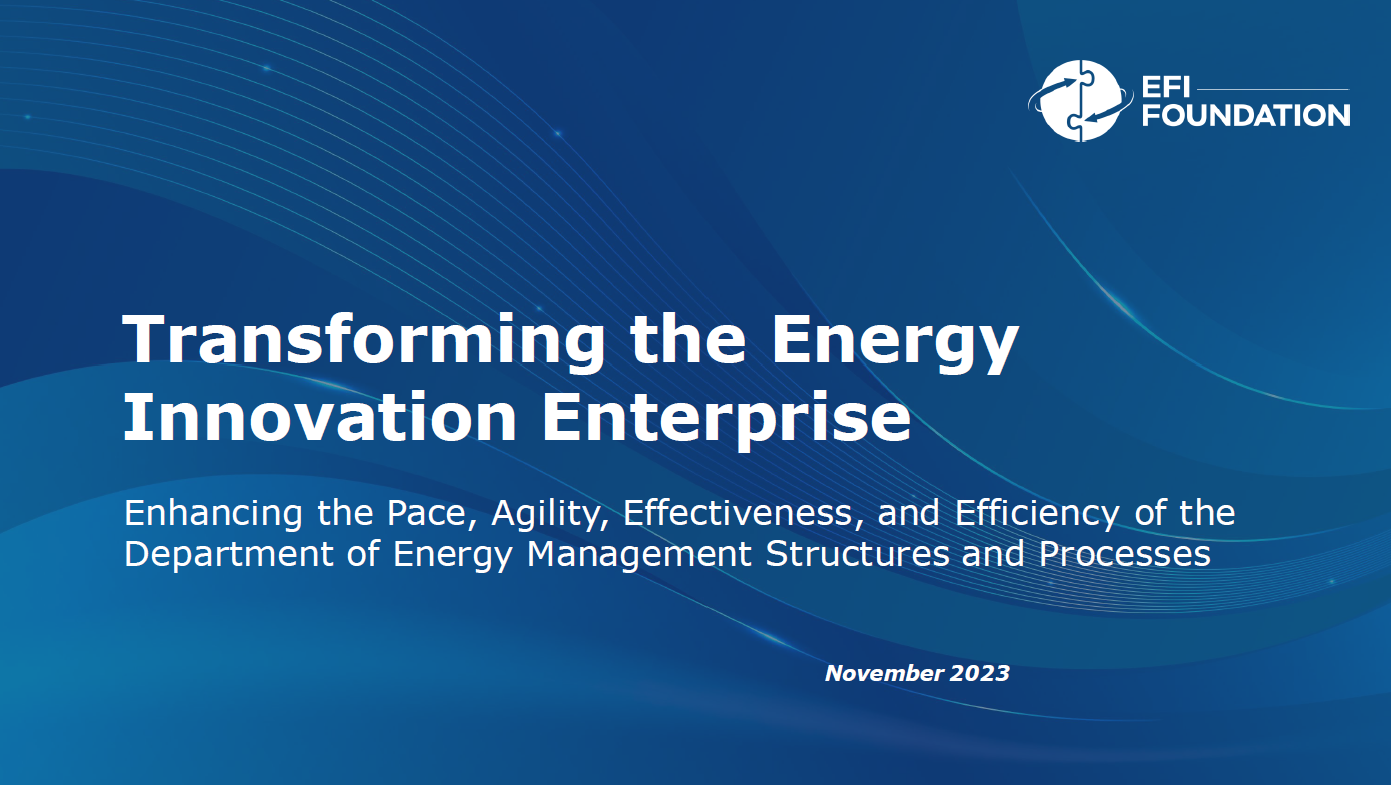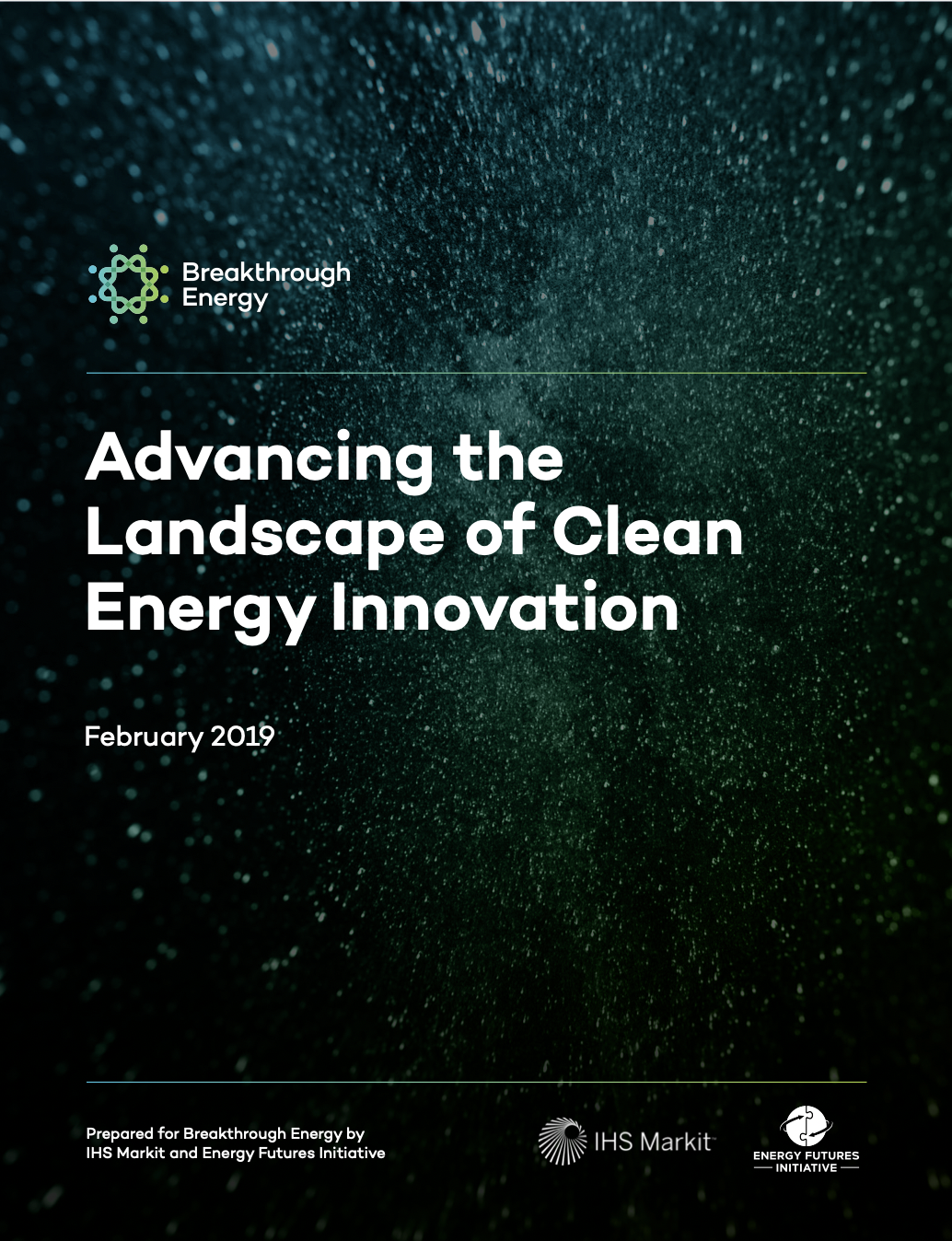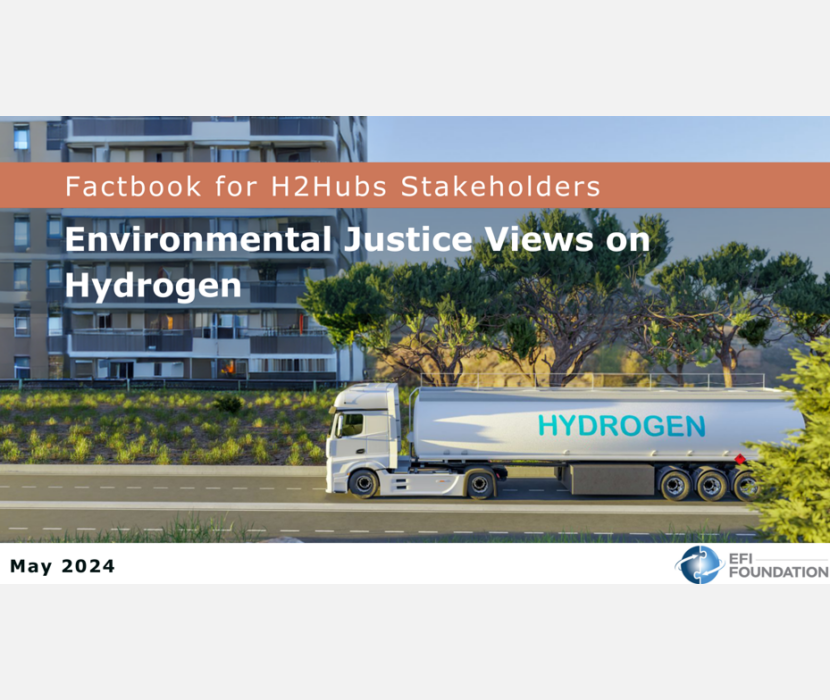Transforming the Energy Innovation Enterprise: Enhancing the Pace, Agility, Effectiveness, and Efficiency of the U.S. Department of Energy Management Structures and Processes (November 2023) presents the results of an analysis of opportunities to enhance the U.S. Department of Energy’s (DOE’s) organizational structure and its internal processes in ways that can accelerate the energy innovation process. These opportunities build upon current initiatives and can help provide a pathway to an even more effective future energy innovation enterprise.
The decade of the 2020s has the potential to be the most transformative period in the history of innovation in energy technologies, business models, and policies. Such transformative innovation is needed to enhance energy security, address the climate crisis, strengthen the global competitiveness of U.S. industry, and support consumer needs for reliable and affordable energy.
Achieving this transformation will require enhancing the pace, agility, effectiveness, and efficiency of DOE’s organization and management. Over the past three years, Congress has passed legislation to provide significant new authorities, programs, and funding to accelerate the U.S. clean energy transition. These pieces of legislation include the Energy Act of 2020, the Bipartisan Infrastructure Law (BIL), the CHIPS and Science Act, the Inflation Reduction Act (IRA), and the Fiscal 2023 Consolidated Appropriations Act. Congress, however, did not organize these new authorities and resources into specific structures and programs, providing, in part, the motivation for this analysis and its recommendations.
This report highlights key DOE program management initiatives that are already underway. It then identifies opportunities for organizational and management enhancements that can accelerate near-term innovation and provides initial steps that can create a future DOE positioned for long-term and successful outcomes. The analysis and recommendations are organized around five major themes:
- Establish a comprehensive framework for end-to-end innovation: The new statutes enacted by Congress create a clear need for DOE to establish a comprehensive framework to accelerate the energy innovation process and create a productive feedback loop between the beginning and end stages of the process. The report identifies four strategic pathways to this end.
- Enhance the role of DOE National Laboratories as strategic partners: The core capabilities of the National Laboratories in fundamental research and early-stage technology development should be preserved and strengthened. DOE must align the role of the National Laboratories with its end-to-end innovation mission to accelerate the pace of innovation outcomes.
- Strengthen department-wide support functions: All DOE technology-focused program offices are supported by crosscutting departmental support functions, including supply chain management, workforce development, energy information management, and financial management. Accelerating the innovation process in the various technology areas will require further enhancements to these support functions.
- Clarify protocols for international energy engagement: An effective energy innovation system in the United States must necessarily include considerations of international collaboration in its strategy and programs for research, development, and demonstration (RD&D). The United States can and should avail itself of the significant benefits of international collaboration, provided it is keenly aware of and can mitigate risks to U.S. interests.
- Envision a future DOE for long-term success: The report recommends additional near-term actions, as well as steps leading to longer-term change. It says near-term changes should include creating formalized internal coordination processes to address the complexity of programmatic interaction, and longer-term changes should include developing a comprehensive energy innovation portfolio strategic plan to facilitate efficient implementation.
The additional measures outlined in this report can be framed and implemented to best meet the longer-term objectives of energy security, net-zero emissions, economic competitiveness, social equity, domestic economic growth, job creation, and consumer value. Many can be implemented administratively and on a pilot basis to complement and not impede current program implementation activities. They point toward the longer-term need for further changes in DOE organizational structure to provide a stronger focus on end-use application that spans the entire innovation spectrum.
Supplemental Material
Related Content
(Share this post with others.)


